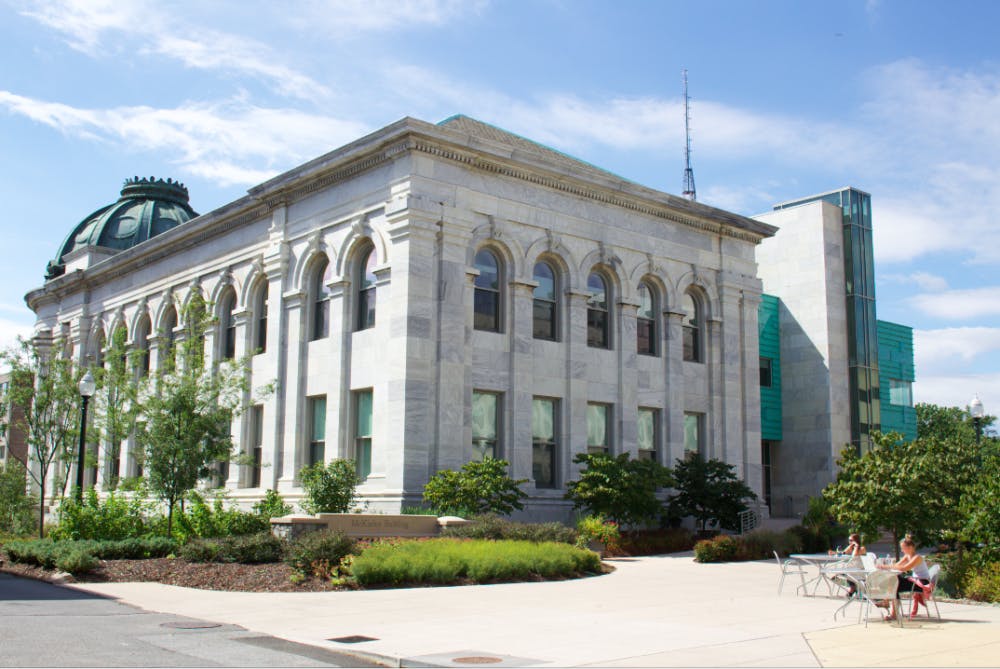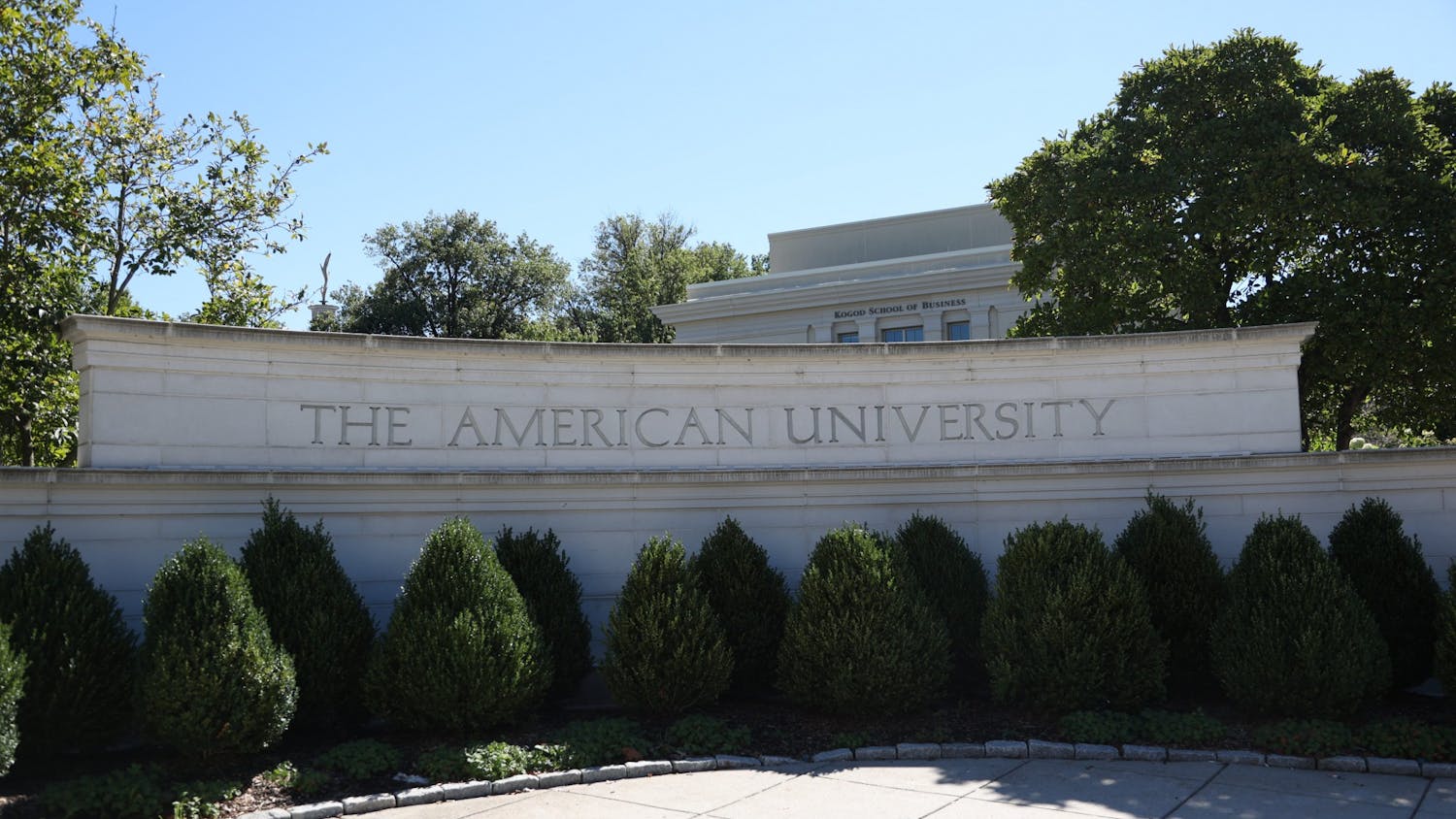The University is running a trial of a new heating and cooling technology in the McKinley building in an attempt to reduce unnecessary carbon emissions, said Juan Allen, the University’s Energy Conservation and Efficiency Manager.
The new technology is designed by MeteoViva, a company based in Germany. The trial of this technology in McKinley began in March of 2016, according to Jean-Marie Bergeal, the CEO of Meteoviva, Inc. This marks a step toward fulfilling the University’s goal to be carbon neutral by the year 2020.
The software’s purpose is to determine “a building’s future needs for heating and cooling to reduce its energy costs,” according to a University press release. AU Utilities Outreach Program Leader Ruby Tavernier said that the software can “predict the temperature” based on factors such as sunlight exposure in order to maintain stable heating and cooling.
The University’s Energy and Engineering team decided that McKinley was an ideal location to test out the software due to high sunlight exposure on the first and second floors and low sunlight exposure on the third and fourth floors, according to the press release.
McKinley was also chosen because it is a Leadership in Energy and Environment Design (LEED) building, Tavernier told The Eagle. LEED buildings are “the most widely used green building rating system in the world,” according to the U.S. Green Building Council.
“If we can save any more energy from a LEED building, then this product will work on older buildings,” Allen said.
AU is the first institution in the U.S. to use this software, Allen and Tavernier said. The University stated in the press release that MeteoViva’s software was able to calculate that the McKinley Building emitted 473 fewer tons of carbon than it would have without the technology.
In recent years, the University has taken other steps to decrease its carbon footprint. Solar panels have been installed on top of the SIS building, cooking oil from MGC is being converted into electricity and the words “Please Turn Me Off” are listed on various light switches around campus.
AU’s carbon neutral plan would have an environmental impact comparable to planting over 240,000 trees or cutting 59 million miles of driving, according to DOE Energy Information Administration and Environmental Protection Agency (EPA) estimates provided by the University.
The University’s administration continues to advertise AU’s goal to reach carbon neutrality. On June 1, President Sylvia Burwell tweeted that she was “glad to ride her bike to work" and contribute to fulfilling that goal.
Glad to ride my bike to work this morning and be a part of AU’s goal to be carbon neutral by 2020. pic.twitter.com/oYJA7kT8Di
— Sylvia M. Burwell (@SylviaBurwell) June 1, 2017
After President Trump announced his decision to withdraw the U.S. from the Paris Climate Accord in June of 2017, the University responded by reinforcing their commitment to reach carbon neutrality by 2020.
The University is also considering implementing the MeteoViva software in the SIS building, Allen said. He noted that SIS is also a LEED building.





